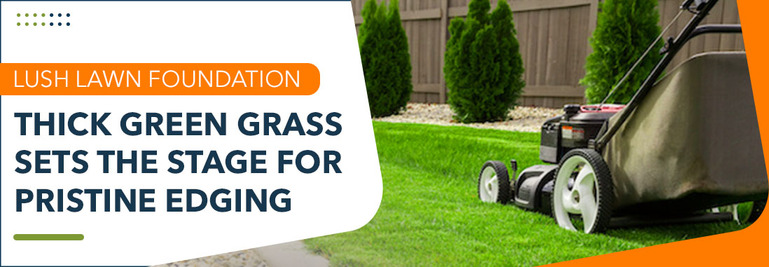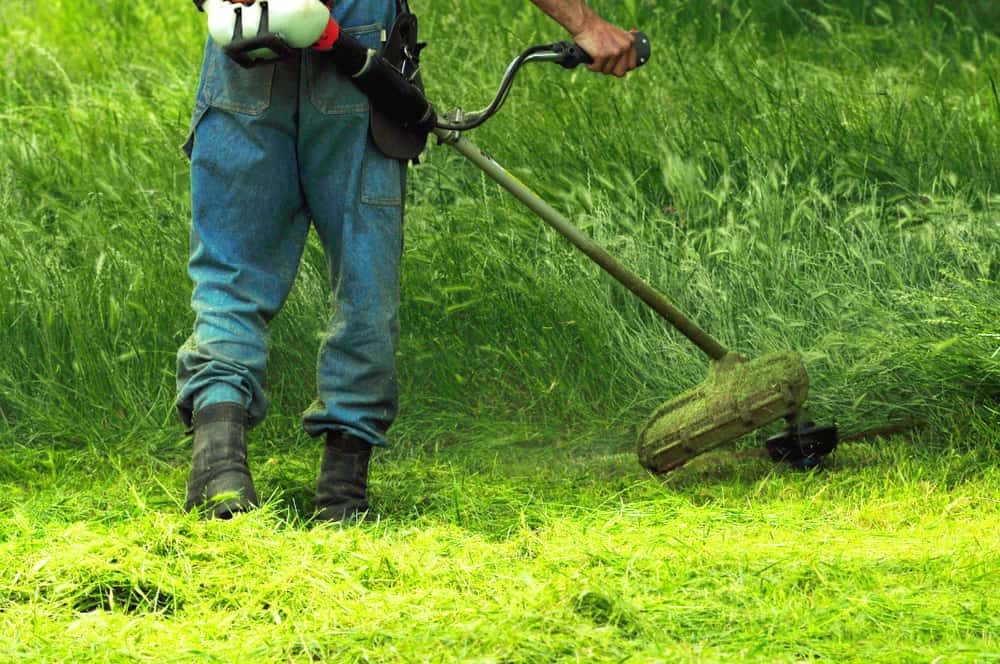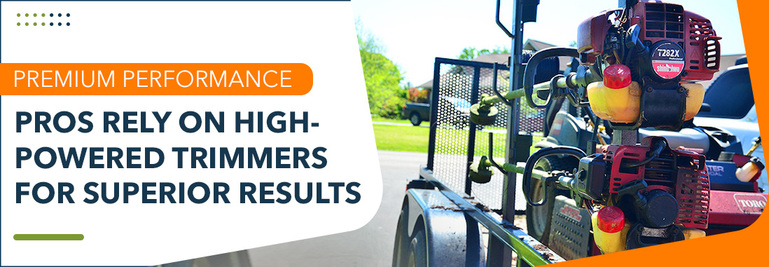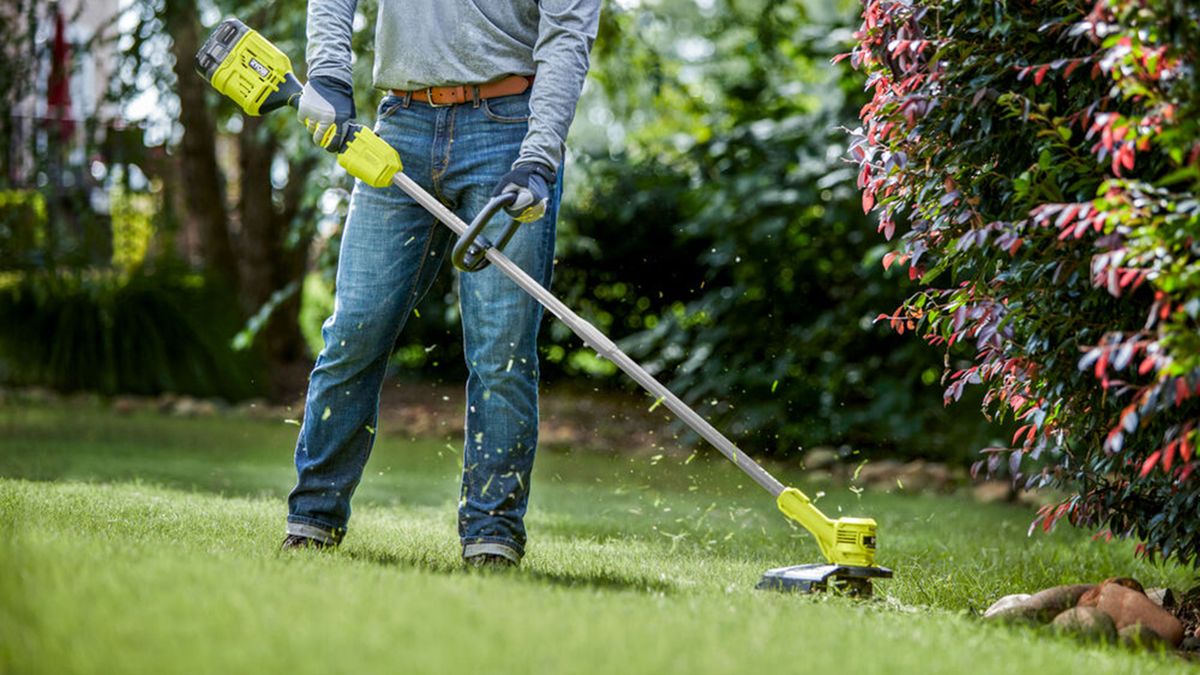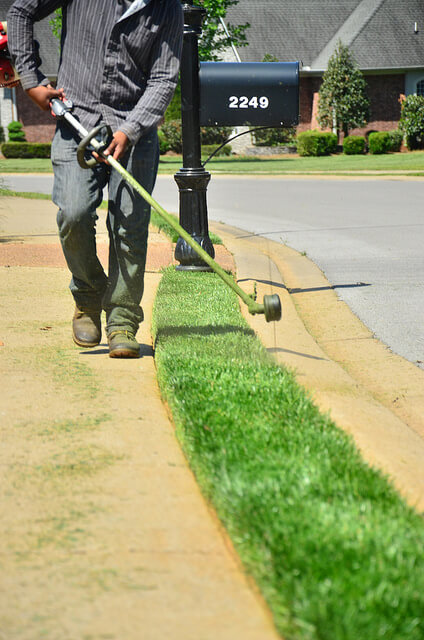How To Weed Eat Like A Pro
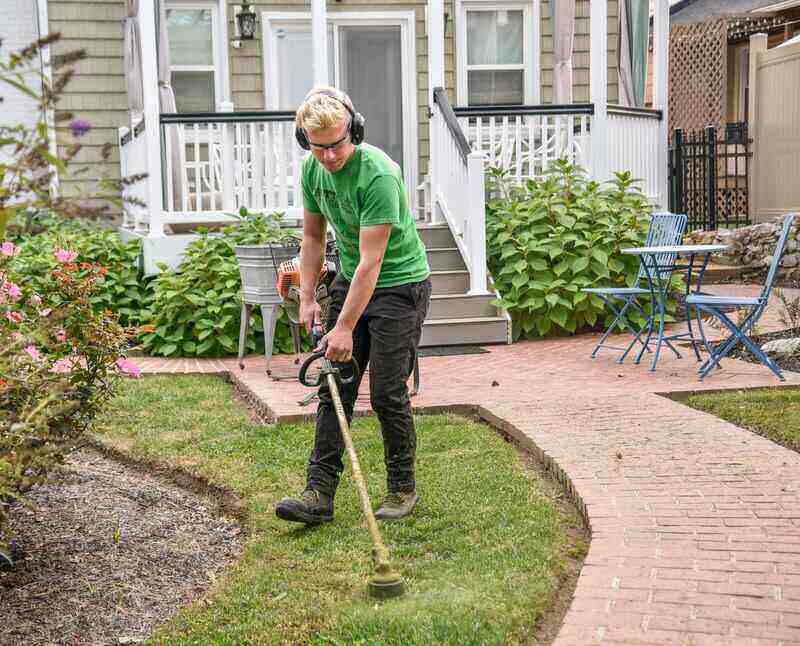
The summer sun beats down, and your lawn, once a verdant oasis, is now besieged by unruly weeds threatening to transform your carefully cultivated landscape into a chaotic jungle. Many homeowners face this annual battle, armed with a weed eater and a mixture of hope and trepidation. While seemingly straightforward, mastering the art of weed eating is more than just swinging a spinning string – it’s about precision, safety, and understanding the tool's capabilities to achieve a professional-looking finish.
This article delves into the strategies and techniques employed by landscaping professionals to transform weed eating from a chore into a craft. We'll explore everything from selecting the right equipment and mastering fundamental techniques to addressing common challenges and prioritizing safety. It's about achieving a clean, manicured look without damaging your prized plants or putting yourself at risk.
Choosing the Right Weapon
The first step towards professional weed eating lies in selecting the appropriate equipment. Weed eaters, also known as string trimmers or weed whackers, come in a variety of models, each with its own strengths and weaknesses.
Electric weed eaters, both corded and cordless, are popular choices for smaller yards due to their ease of use and quiet operation. They are environmentally friendly, producing no emissions, and require minimal maintenance. However, their power is often limited compared to gas-powered models, making them less suitable for tackling thick, dense weeds.
Gas-powered weed eaters offer significantly more power and are ideal for larger properties and tougher vegetation. They are typically heavier and require more maintenance, including fuel mixing and spark plug replacements. However, their portability and robust performance make them a favorite among professionals.
Beyond the power source, consider the cutting head. Some models feature a fixed-line head, while others utilize an auto-feed system that automatically dispenses more line as it wears down. Auto-feed systems can save time and effort, but they can also be prone to jamming.
Mastering the Technique: The Sweep and the Edge
Once you've chosen your weapon, it's time to hone your technique. Two fundamental techniques are crucial for achieving a professional-looking finish: the sweep and the edge.
The sweep is used for general weed control in open areas. Hold the weed eater at a slight angle, and use a sweeping motion, moving the cutting head in a wide arc. Avoid holding the trimmer head too close to the ground. Doing so can scalp the lawn and damage the grass.
The edge is used to create a clean, defined border along sidewalks, driveways, and flower beds. Tilt the weed eater vertically, and use the cutting head to trim the overhanging grass and weeds. Maintain a steady hand and a consistent speed to create a straight, even edge.
Professionals often use a technique called "feathering" to blend the trimmed edges with the surrounding lawn. This involves gradually decreasing the cutting height as you move away from the edge, creating a more natural and seamless transition.
Tackling Common Challenges
Even with the right equipment and technique, certain weeds can pose a significant challenge. Thick-stemmed weeds, such as thistles and dandelions, can be difficult to cut with a standard string trimmer. Consider using a more powerful trimmer or switching to a bladed attachment for these tougher adversaries.
Weeds growing close to delicate plants require extra care. Use a low speed and a gentle touch to avoid damaging your prized flowers or shrubs. You can also use a shield or guard to protect the plants from stray debris.
Working on slopes can be particularly tricky. Maintain a firm footing and be mindful of your balance. Avoid swinging the weed eater too aggressively, as this can increase the risk of losing control.
According to a report by the National Safety Council, lawn and garden equipment-related injuries send thousands of people to emergency rooms each year. Proper safety precautions are paramount when operating a weed eater.
Safety First: Protecting Yourself and Others
Always wear safety glasses or goggles to protect your eyes from flying debris. Long pants, closed-toe shoes, and gloves are also essential for protecting your skin from cuts and abrasions.
Consider wearing hearing protection, especially when using gas-powered weed eaters, which can be quite loud. Be aware of your surroundings and keep children and pets at a safe distance.
Before starting, inspect the area for any potential hazards, such as rocks, wires, or sprinkler heads. These objects can damage the weed eater and cause injury.
Never operate a weed eater while under the influence of alcohol or drugs. Take frequent breaks to avoid fatigue, especially when working in hot weather.
Always unplug electric weed eaters or disconnect the spark plug on gas-powered models before performing any maintenance or repairs.
The Professional's Touch: Finishing Touches and Maintenance
After weed eating, take a few minutes to clean up any debris. Use a blower or rake to remove clippings from sidewalks, driveways, and patios.
Inspect your weed eater for any signs of damage, such as cracked housings or worn-out cutting lines. Replace any damaged parts promptly to prevent further problems. Regular maintenance is crucial for extending the life of your equipment.
Store your weed eater in a dry, safe place, away from children and pets. For gas-powered models, drain the fuel tank before storing for extended periods.
Looking Ahead: The Future of Weed Control
The future of weed control is likely to be shaped by technological advancements and growing environmental concerns. Robotic lawnmowers and weed eaters are becoming increasingly popular, offering a convenient and eco-friendly alternative to traditional methods.
Sustainable weed control practices, such as using natural herbicides and encouraging beneficial insects, are also gaining traction. As homeowners become more environmentally conscious, these methods are likely to become more widespread.
By mastering the techniques outlined in this article and staying informed about the latest advancements, you can transform your weed eating skills from amateur to professional. Your lawn will thank you for it.

